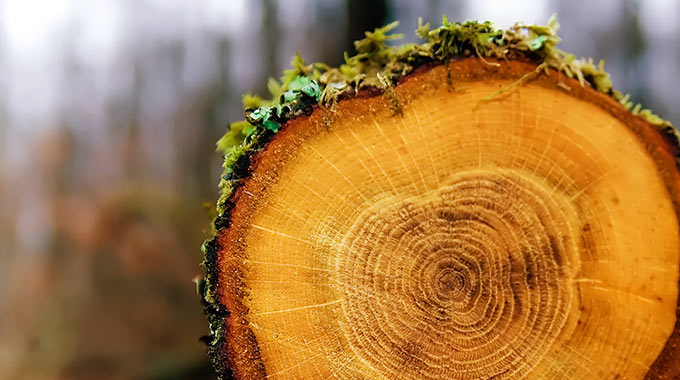Why does the maximum human age seem to hover around the 100-year mark? Why not 200 or even 500 years? If we’re to believe accounts in the Torah and Old Testament texts, many ancient people measured their lives in terms of centuries, rather than the decades that we use today. Adam, for example, is documented as having lived for 930 years, Metheselah for 969 years, and Noah for 950 years.
According to the texts, these men were not simply shriveled husks of their former selves, meagerly surviving and hanging on to the frail thread of life. At advanced ages, they were active and vital, enjoying their families and even starting new ones!
And why not? We clearly live in bodies that are built to last. The Torah states that Noah lived for 350 years ‘after’ the Great Flood. If he was 950 years old when he died, this would mean that he was fit and vital enough to build the ark that would ensure the survival of the entire human race when he was 600 years old!
If there was a time when people lived longer and healthier lives, what happened? What changed?
Through countless texts, and spiritual traditions that have spanned centuries, we’re reminded that we are souls expressing ourselves through bodies. And while they’re made of the elements of the universe, it’s our souls that bring the bodies to life. When our souls hurt, our pain is transmitted into our bodies as the spiritual quality of the life force that we feed into each cell.
Is it possible that the 100 years or so that we see as the duration of human life is actually the limit of how long the body can endure unresolved hurt in the soul? Does a century tell us how long we can bear the sadness and disappointments of life before they catch up with us? We can all attest to the pain that comes from watching the people we love, the pets we cherish, and the experiences that we grow attached to disappear from our lives.
Could a lifetime of loss, disappointment, and betrayal have the power to disable even our strongest and most durable organ: the heart?
Or maybe our hurt is more ancient and goes even deeper.
In addition to such obvious sources of pain, perhaps there’s another one that’s less obvious, yet so monumental and universally shared that it’s hard for us to even bear thinking about it.
Across cultures and societies, creation stories state that to become individual souls in our bodies in this world, we must ‘break away’ from a greater collective soul family. At the same time, one of the deepest universal fears is just that: the fear of being separate and alone.
Perhaps the great hurt that underlies any other is the pain of separation from a greater existence. If this is true, maybe we miss our larger soul family so much that we try to fill the void by re-creating a sense of unity through smaller families here on Earth. It’s no wonder, then, that their loss can be so devastating to us. It throws us right back into the pain of the original hurt.
For many people, it’s their longing to ‘hold on’ to their families, their relationships, and memories of their past experiences that creates the conditions that lead to their greatest suffering. When they yearn for the things that they can never have again, and the people they miss, alcohol and drugs too often become the socially acceptable anesthetics that are used to numb such deep soul pain.
If we can find a way to appreciate the time that we share with those we love, as well as a way to feel good about the time we had when it’s over, then we will have taken a giant step toward our greatest healing. From this perspective, the same principles that allow us to hurt ourselves to death also work in reverse. They offer us the healing power of Life. This key appears to be related to the way we feel about what life shows us.
Adapted from the Secrets of the Lost Mode of Prayer. Pages 74-78, Gregg Braden.



